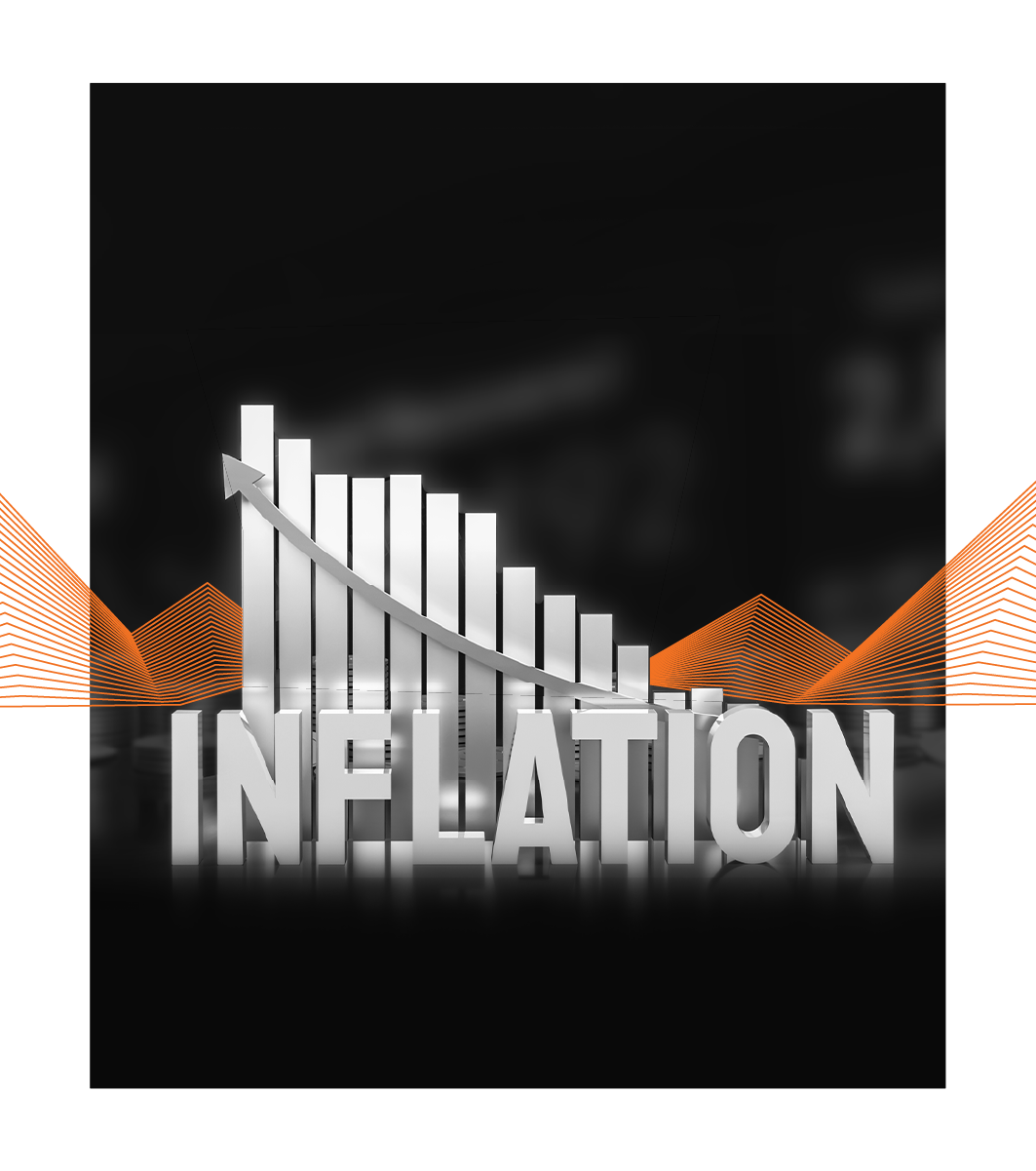Industry
CPG


CPG

AMER

Demand Forecasting Solution
The client is one of the world’s largest manufacturers of bath and kitchen fittings. In the absence of an effective manufacturing demand forecasting model, they faced problems such as less-than-desirable accuracy of forecasted orders, additional cost in Inventory management (Insufficient/ Excessive inventory), inability to meet retailer demands on time, last-minute staffing and operational changes, and expedited interplant and customer delivery.
The two major problems they faced with their existing manufacturing demand forecasting model were:
There were also other challenges in data collection, processing and consumption such as:
Each manager had his/her own logic to make these adjustments. Hence there was lack of consistency across accounts and there were no means to track or log these adjustments.
They realized that there was a lot of scope for improvement. They wanted a forecasting solution that not only had better accuracy but also was easy to interpret, consume and incorporate, and sought out the application of data science in manufacturing industry.
TheMathCompany partnered with the client to create an automated framework for manufacturing demand forecasting that builds, evaluates and fine-tunes models based on an exhaustive list of model-parameters combinations.
The automated manufacturing demand forecasting model framework tries all these model-parameter combinations for each SKU and picks the combination that best captures the nature of that SKU. We included multiple forecasting techniques and an exhaustive list of parameters (~5400) across models.
A Power BI dashboard (for consumption by account managers) is an interactive tool that is easy to interpret and consume and enables the user to visualize forecasts at multiple levels (As granular as SKU level and can be rolled up to a market category level).
Our solution was designed in such a way that it could be deployed even in case of an expansion (From 250 SKUs in phase 1 to maybe 10000 SKUs in the future). Macroeconomic Indicators of the US Economy were encoded with automated API Feeds serving data to the model pipelines.”
The data science and demand planning teams can use for evaluating accuracies across SKUs.
Account managers can use to visualize historic and forecast sales units and revenue, and understand the impact of forecasting error on the demand planning at SKU/category levels.
Provides a water-fall breakdown of the contributions of different factors such as promotion, price, baseline and market factors to each week’s forecasted units.
By carefully tuning the performance, we could ensure a scaling of the solution to over 100,000 SKUs. Macroeconomic Indicators of the US Economy were encoded with automated API Feeds serving data to the model pipelines.
The following forecasting techniques were applied:
Univariate:
Multivariate:

Blogs April 8, 2021
Q&A with Nabeel Ahmed: Marketing Analytics in the Automotive Industry
Blogs June 6, 2022
How Hyper-Personalization is Shaping Patient Support Programs
Blogs June 7, 2022
Architecting MLOps Solutions for Healthcare
Blogs July 23, 2022
Unlocking Experiential Automotive Marketing with AI & ML
Blogs Oct. 20, 2022
The AI Bill of Rights: A welcome step toward tech accountability
Blogs July 15, 2022
How CPG Businesses are Utilizing Data to Mitigate Inflationary Risk
Stay up to date with the latest marketing, sales, and service tips and news.

Subscribe to our newsletter to receive latest updates